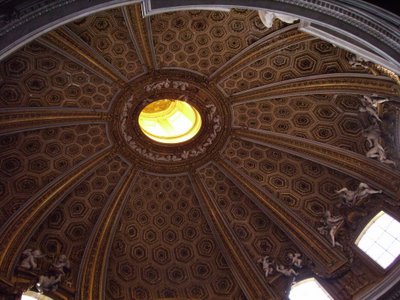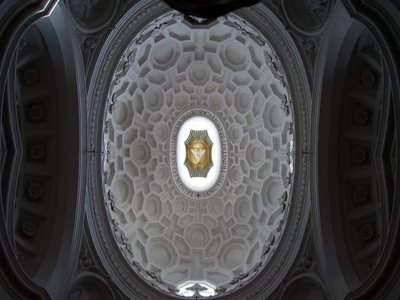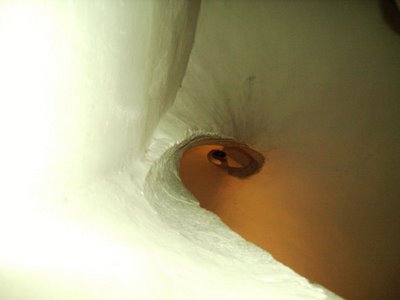112 bernini o borromini?
There are two Baroque guys to know in Rome: Bernini and Borromini. Borromini actually started out as an apprentice to Bernini, then the two became collaborators, then competitors, and ended as enemies. Bernini was primarily a sculptor who dabbled in architecture. In the early days, Borromini would assist him with the architectural components, for that was his primary occupation. In the end, Bernini got more commissions and was more successful and Borromini committed suicide.
In Piazza Navona the two artists' works are in close proximity: Borromini's Sant'Agnese in Agone church is directly behind Bernini's enormous fountain "Fontana dei Quattro Fiumi". There is a popular story that one of the river gods sculpted by Bernini is raising his hand to block the image of Bernini's church, but this is not true, since the fountain predates the church.
There's another location in Rome where you can compare parallel works of the two B's: Bernini's Sant'Andrea Alle Quirinale and Borromini's San Carlo Alle Quattro Fontane. They are just down the street from each other, close to the Quirinale.
I first went to Bernini's church, supposedly his personal favorite, nicknamed the "pearl of the baroque". It is extremely unusual: instead of the traditional forms of basilica-plan, roman-cross-plan, greek-cross-plan, or circular plan, this church is an ellipse. What makes it even more unique is that instead of orienting the church on the long axis, you enter on the short axis. It's a neat effect, and a charming little space. I drew the plan and could really appreciate the geometric relationships of the side altars. Here is the dome:

Next, I walked down the road to Borromini's church. Ironically, it is also an ellipse in plan, although the entry is on the long axis, per the conventional solution. And here is its dome:

Even though I had always had a soft spot for Borromini, after seeing Bermini's geometry, San Carlo was a let down. It just wasn't organized as well, and there was even this strange left-over-space corridor on the side, which led to a really fantastic spiral stair that went up to the bell tower and down to the basement (below).



0 Comments:
Posta un commento
<< Home